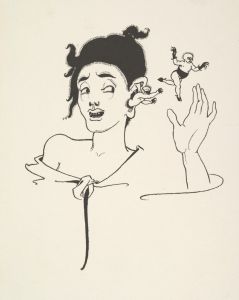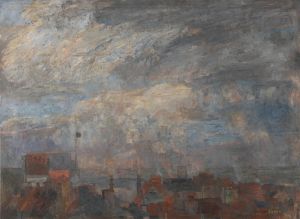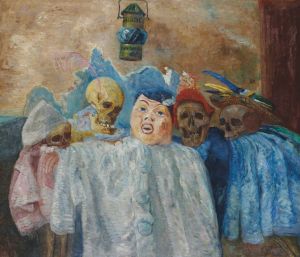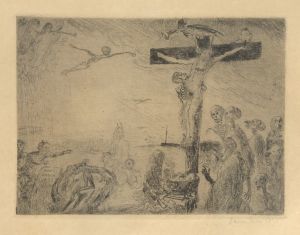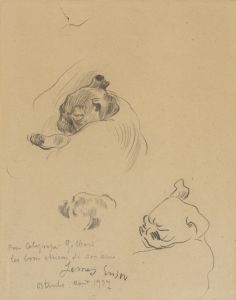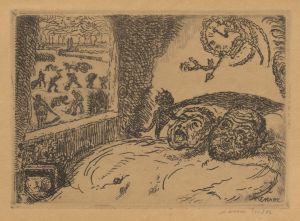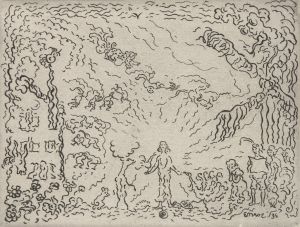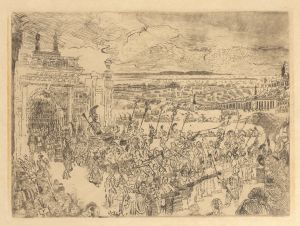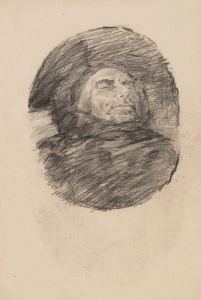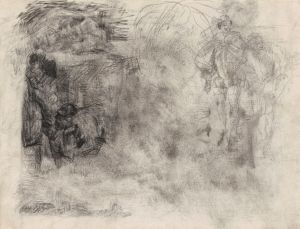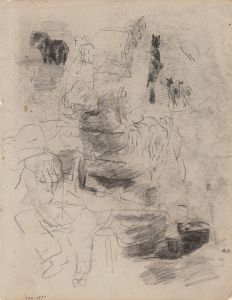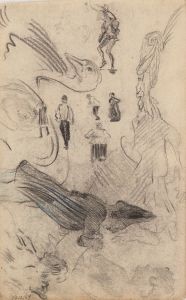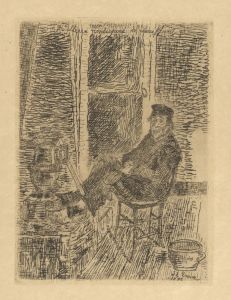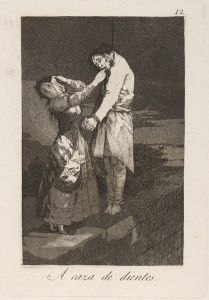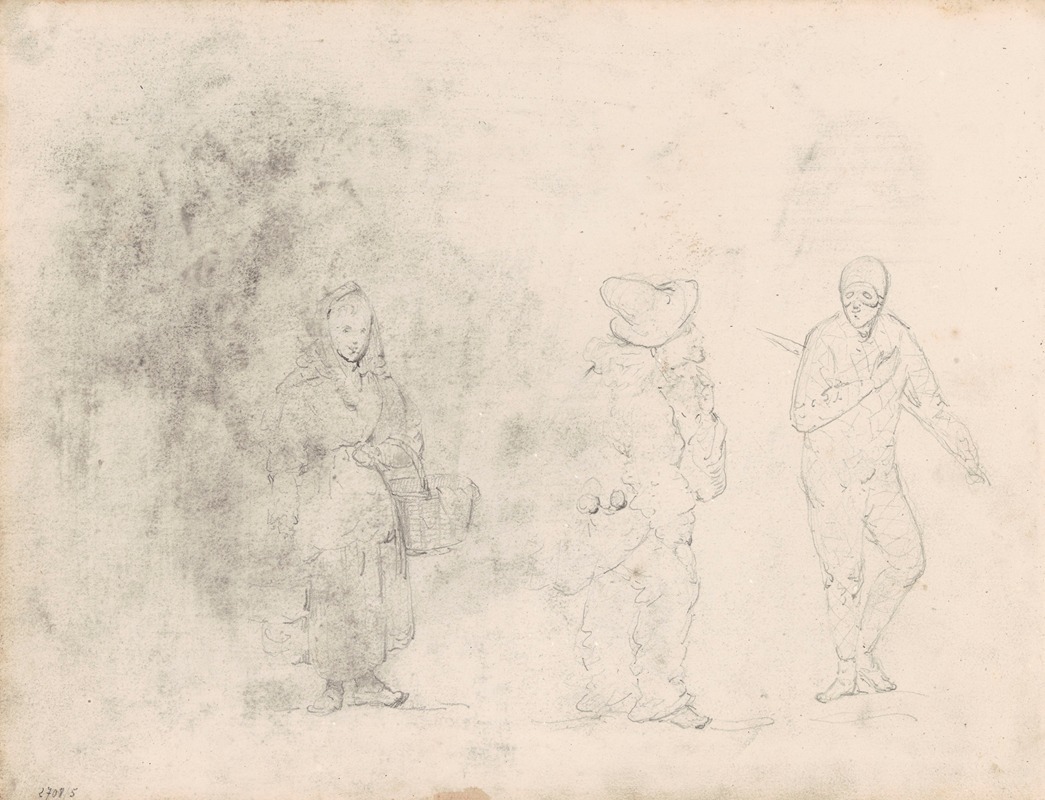
Three Figures
A hand-painted replica of James Ensor’s masterpiece Three Figures, meticulously crafted by professional artists to capture the true essence of the original. Each piece is created with museum-quality canvas and rare mineral pigments, carefully painted by experienced artists with delicate brushstrokes and rich, layered colors to perfectly recreate the texture of the original artwork. Unlike machine-printed reproductions, this hand-painted version brings the painting to life, infused with the artist’s emotions and skill in every stroke. Whether for personal collection or home decoration, it instantly elevates the artistic atmosphere of any space.
"Three Figures" is a painting by the Belgian artist James Ensor, created in 1886. Ensor, born in 1860 in Ostend, Belgium, was a prominent figure in the Symbolist movement and is often associated with the avant-garde group Les XX (The Twenty). His work is known for its unique blend of realism, fantasy, and grotesque imagery, often exploring themes of death, masks, and the absurdity of human existence.
"Three Figures" exemplifies Ensor's distinctive style and thematic preoccupations. The painting depicts three human figures, each rendered with a sense of eerie detachment and otherworldliness. Ensor's use of color and light in this work is particularly notable, as he employs a palette that enhances the unsettling atmosphere of the scene. The figures are positioned in a way that suggests a narrative or interaction, though the exact nature of their relationship remains ambiguous, inviting viewers to ponder the underlying story.
Ensor's technique in "Three Figures" reflects his mastery of both traditional and innovative approaches to painting. He often combined meticulous detail with loose, expressive brushwork, creating a dynamic tension within his compositions. This duality is evident in the way he handles the figures' faces and clothing, juxtaposing finely rendered features with more abstract, almost chaotic elements.
The painting also showcases Ensor's fascination with masks and the concept of identity. Throughout his career, he frequently depicted masked figures, exploring the idea of hidden truths and the facades people present to the world. In "Three Figures," the expressions and postures of the characters suggest a sense of performance or masquerade, aligning with Ensor's broader thematic concerns.
James Ensor's work, including "Three Figures," had a significant impact on the development of modern art. His innovative use of symbolism, combined with his willingness to confront unsettling and taboo subjects, influenced a range of artists and movements, from Expressionism to Surrealism. Ensor's legacy is evident in the continued interest and study of his work, as well as in the exhibitions and collections that feature his paintings.
"Three Figures" remains an important example of Ensor's contribution to the art world, encapsulating his unique vision and the complex interplay of beauty and grotesque that defines much of his oeuvre. The painting is a testament to Ensor's ability to challenge viewers' perceptions and provoke thought through his distinctive artistic language.





